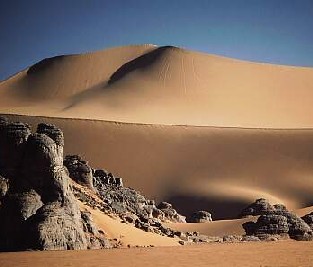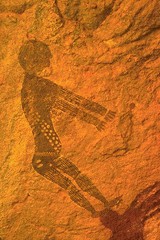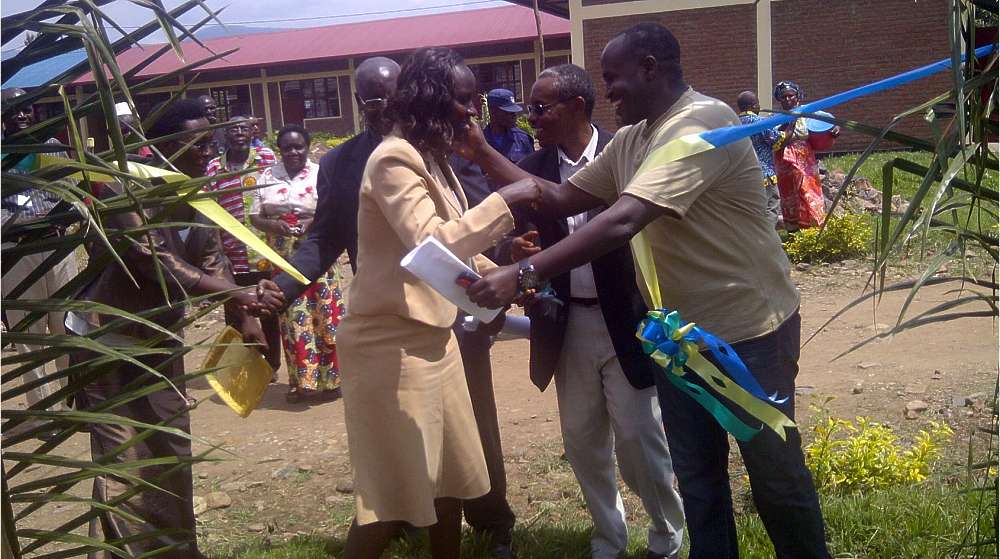|
Algeria Travel - Leisure | Economy - Development Algeria wants tourists back to desert pearls
Minister Mimoune yesterday told the Algiers parliament that the development of tourism in the Saharan region of Tassili was at the top of priorities in his Ministry. A development plan for the important destination had been developed.
Tourism has never been a main sector in Algeria, although the oil-rich country has a vast potential. As safety has returned to most of Algeria, the limited tourist numbers received before 1992 has been slow to recover. Occasional terror attacks and kidnappings maintain the country's image as an unsafe destination; tourism infrastructure has seen little investments since 1992; and massive red tape in Algeria scares off many foreign investors. The coasts of Morocco, Tunisia, Libya and Egypt meanwhile have seen massive investments. And while Algeria still lacks quality coastal resorts, local investors have for the last five years focused on the desert region of Tassili and its UNESCO-registered World Heritage Site Tassili n'Ajjer to attract foreign visitors. Already in 2005, some 16,000 tourists visited the Tassili province. Tourism is mostly focused on adventurers, with programmes to climb in the breathtaking Tassili and Hoggar mountain ranges or to join rough 4WD excursions into spectacular desert destinations. The Algiers Tourism Ministry now foresees infrastructure investments to ease the access and comfort for a wider group of tourists. Eager to diversify its fossil fuel dependent economy, authorities have defined the country's tourism potential its "second oil resource." By staff writers © afrol News - Create an e-mail alert for Algeria news - Create an e-mail alert for Travel - Leisure news - Create an e-mail alert for Economy - Development news
On the Afrol News front page now
|
front page
| news
| countries
| archive
| currencies
| news alerts login
| about afrol News
| contact
| advertise
| español
©
afrol News.
Reproducing or buying afrol News' articles.
You can contact us at mail@afrol.com









